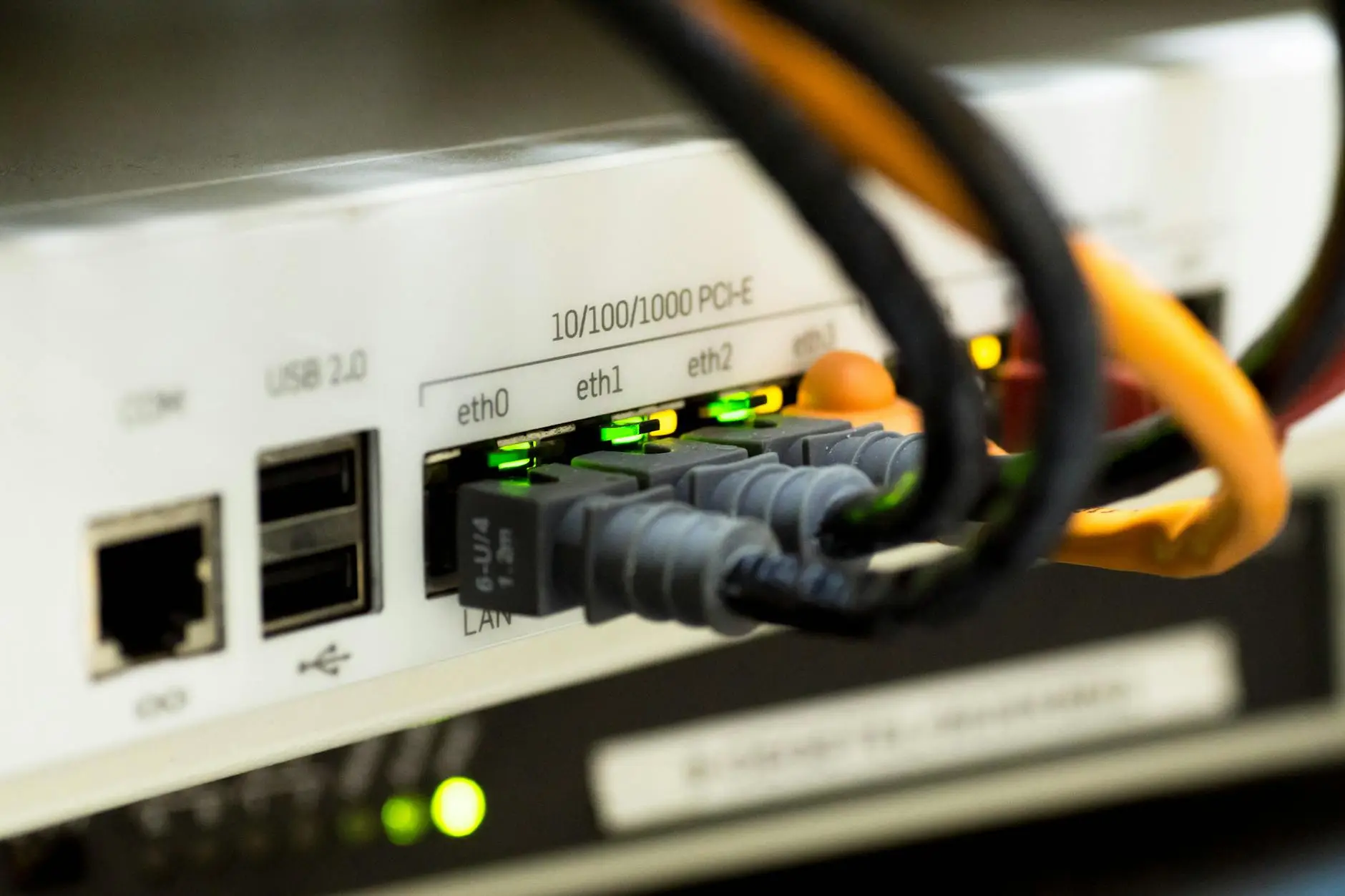In today’s interconnected world, your home network is like the digital front door to your life. Imagine coming home one day and finding that your front door has been left wide open, inviting anyone to walk right in. This is precisely what it feels like when your network is vulnerable to hackers. But don’t worry—securing your home network doesn’t have to be a techie nightmare. With the right steps, you can safeguard your digital haven against intruders.

The Importance of a Secure Home Network
Before we dive into the how-to, let’s set the stage. Picture this: You’re streaming your favorite show, working on a remote project, and your kids are finishing their homework online. Suddenly, your internet crashes. Not just an inconvenience, but a potential security breach. Hackers are always lurking, ready to exploit weak links in your home network.
Step 1: Change the Default Admin Credentials
When you set up a new router, the first thing you should do is change the default admin username and password. Manufacturers often use simple, widely-known credentials. Imagine leaving your front door key under the doormat—it’s that easy for hackers to guess. Log into your router’s settings through a web browser, navigate to the admin section, and create a unique, strong password.

Step 2: Update Firmware Regularly
Routers come with firmware that occasionally needs updating. These updates patch security vulnerabilities and improve performance. Set a reminder to check for updates monthly. Just like your smartphone, your router needs to stay updated to keep hackers at bay.
Step 3: Enable Network Encryption
Wi-Fi Protected Access 3 (WPA3) is the latest and most secure encryption standard. Using encryption is like locking your doors and windows. Without it, anyone nearby can snoop on your online activities. Access your router settings and switch to WPA3. If your router doesn’t support it, consider upgrading to a newer model.
Step 4: Create a Guest Network
Guests at your home may need internet access, but you don’t want them on your main network. Setting up a guest network isolates your primary network, keeping your devices safe. Go to your router settings, find the guest network option, and set it up with its own password. This way, even if a guest’s device is compromised, your main network stays protected.
Step 5: Disable Remote Management
Remote management allows you to access your router from anywhere, but it also opens a backdoor for hackers. Unless you need it, disable this feature. In your router’s settings, look for remote management and turn it off. It’s like closing a window you never use.
Step 6: Use a Strong Wi-Fi Password
Your Wi-Fi password should be long, unique, and hard to guess. Think of it as the lock on your front door. Use a mix of letters, numbers, and symbols. Avoid common phrases or personal information. If you’re not sure, use a password manager to generate and store a complex password.
Step 7: Enable Firewalls
Most routers come with built-in firewalls that provide an additional layer of security. Ensure your firewall is enabled in the router settings. A firewall acts as a gatekeeper, monitoring incoming and outgoing traffic and blocking suspicious activity.

Step 8: Secure Your Devices
Your network is only as strong as its weakest link. Make sure all connected devices—laptops, smartphones, smart home gadgets—are secured with strong passwords and updated regularly. Enable antivirus software and keep it up to date. Think of this as securing all entry points to your home.
Step 9: Monitor Network Activity
Regularly check your network for unfamiliar devices. Most routers have a list of connected devices in their settings. If you spot something suspicious, change your Wi-Fi password immediately. It’s like checking your locks and security cameras regularly.
Step 10: Educate Your Household
Finally, educate everyone in your household about network security. Explain the importance of strong passwords and the risks of downloading unknown files. The more everyone understands, the safer your network will be.
What did you learn?
Securing your home network might seem daunting, but it’s essential in our digital age. By following these steps, you’ll transform your network into a fortress against hackers. Remember, a little effort now can prevent a lot of headaches later. So, take action today and enjoy a safer, more secure online experience.




